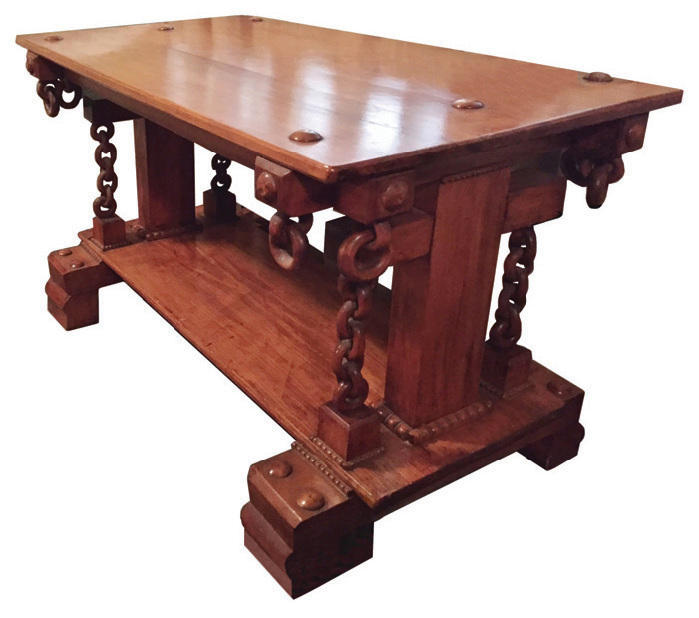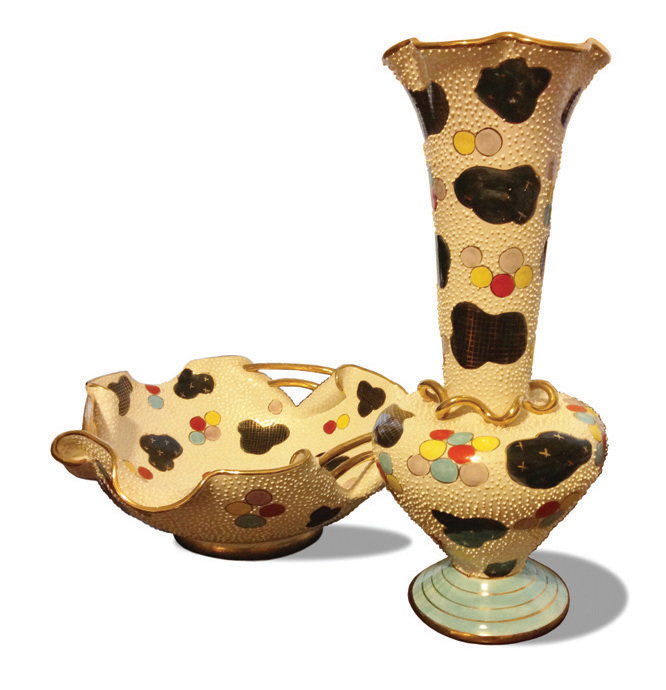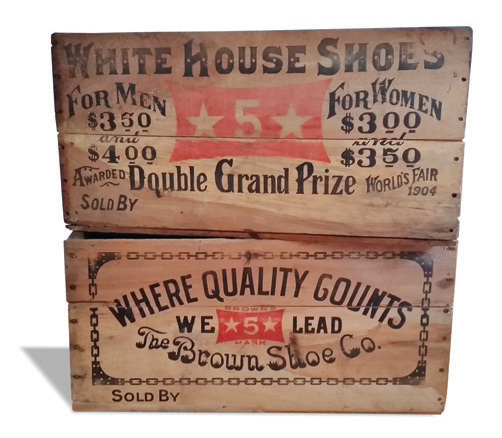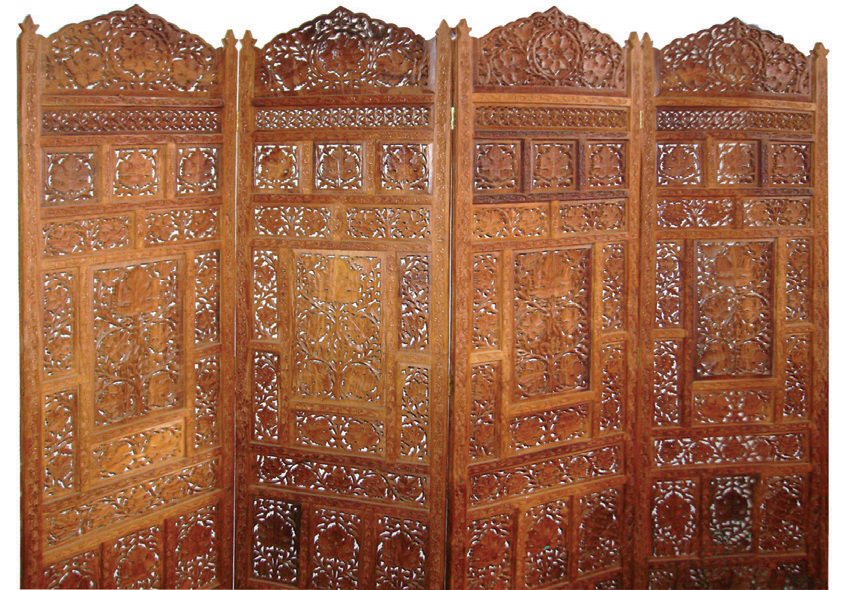Dear Connie Sue,
I would love any information you might find on this unusual table. I have had this piece for over 40 years and refinished it myself as it was black with old varnish. When I bought it, I was told it came from New England and probably is either a library table or a communion table. The wooden links on each corner are hand-carved together as there is no seam in the rings. The table is 4 feet wide and 2 feet deep. We think it is cherry wood.
— Jane

Dear Jane,
I agree the table is predominately cherry and may have been made for use in a church or library. The chains carved from one piece of wood may be walnut, as it is softer and more conducive to carving tricks.
The table may have been the work of one furniture maker to exhibit his skills. Similar tables may be scarce because the price and commitment of producing them would be too costly for the in tended market.
Because of the intricate carving and assorted motifs present, I’d date the piece well after 1900. The power of steam or electricity were used to execute the intricate details. You didn’t ask, but readers will want to know … in a busy antique shop, I’d expect this table to be priced at more than $650. From home you might expect less.
Dear Connie Sue,
I’m hoping you can help me. My husband and I bought an 1895 Folk Victorian home that we’re restoring. Upon cleaning out a pantry, we discovered these shipping crates. They are from the Brown Shoe Co., which became Buster Brown. The printed date is 1904 from the St. Louis World’s Fair. Any idea of possible value?
— Jana

Dear Jana,
Similar wooden product crates sell for $20 to $55 online. Cleverly displayed as shelving in a shop of repurposing ideas, the price would be higher. There are collectors of anything World’s Fair, so if you decide to sell, continue to highlight the St. Louis World’s Fair.
The Brown Shoe Company bought the rights to Richard F. Outcault’s cartoon character, Buster Brown, in 1904. It used Buster and his dog for promotional purposes until the late 1900s. Brown Shoe Company made shoes for the military during World War I and weathered the Great Depression.
The company clashed with unions, however, after World War II and subsequently moved production to Dyer. The appeal of a right-to-work state allowed them to hire women and younger workers — for a while.
Once upon a time, we all needed wooden crates for our record albums. As our vinyl is dispersed, I expect sturdy crates will find another need to fill.
Dear Connie Sue,
We found these beautiful pieces at an auction and wondered if you could give us some information on them. They are marked on the bottom with “S. Volpi DeRUTA.”
My daughter-in-law loved it because of the Mickey Mouse resemblance in the designs. Thanks so much for your help!
— Pattie, Online

Dear Pattie,
Your raised texture, colorful ceramic vase and bowl were made by Serafino Volpi, an Italian designer, in the 1950s. He began design and production at his Majolica Deterese factory in 1928 and continued until 1970. I don’t know if he knew of Mickey Mouse, but I see mouse ears in the black shapes, too.
These bold, whimsical pieces could sell for $15 to $50 each. I think they will sell for more, though, rather than less for their “Italian-ness” and unique play with gold bands and color. They are flashy.
Dear Connie Sue,
I am interested in possibly selling this hand-carved room divider.
— Pam
Dear Pam.
Carved, four-panel screens like yours, Pam, sell from $200 to $600, and most frequently for around $275–$300.



